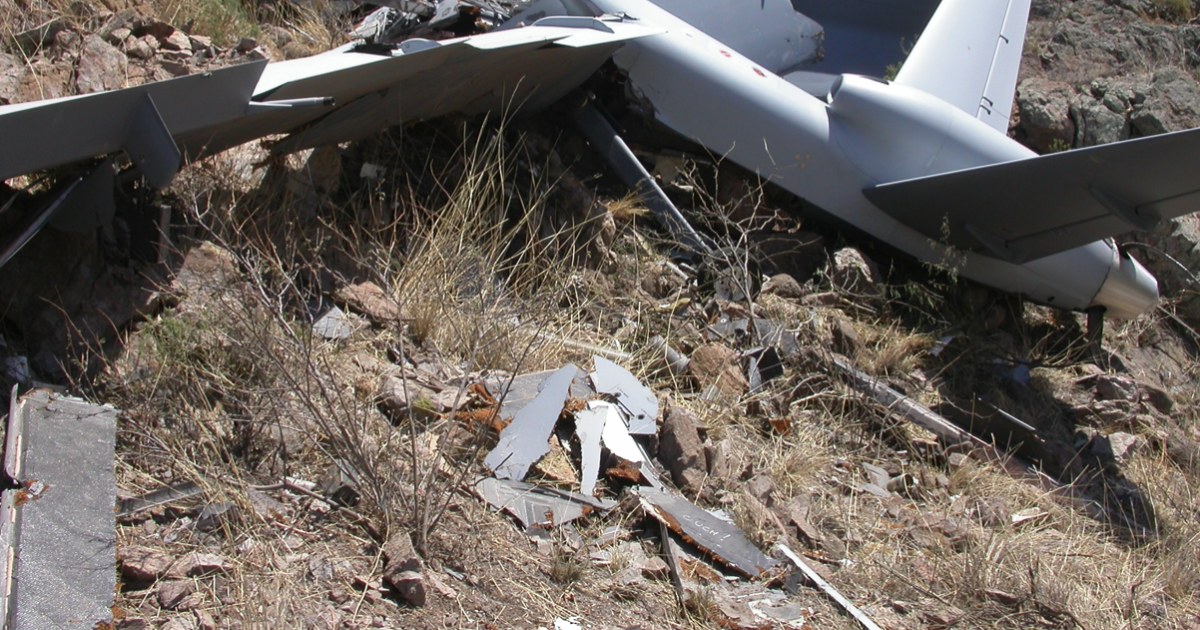Drone crash in Paris: Imagine the scene – a buzzing drone suddenly falling from the sky in the heart of the City of Lights. This incident throws a spotlight on crucial issues surrounding drone safety, regulations, and public perception. We’ll explore the immediate aftermath, investigate potential causes, examine existing regulations, and look at the broader implications of this event, from economic impact to future preventative measures.
Get ready for a detailed look into this fascinating and concerning event.
We’ll delve into witness accounts, damage assessments, and the investigative process, exploring technical malfunctions, human error, and environmental factors that might have played a role. We’ll compare Paris’s drone regulations to those in other major cities, highlighting areas for improvement and outlining key safety protocols. Finally, we’ll examine the long-term consequences and propose solutions for preventing similar incidents in the future.
Immediate Aftermath of the Drone Crash
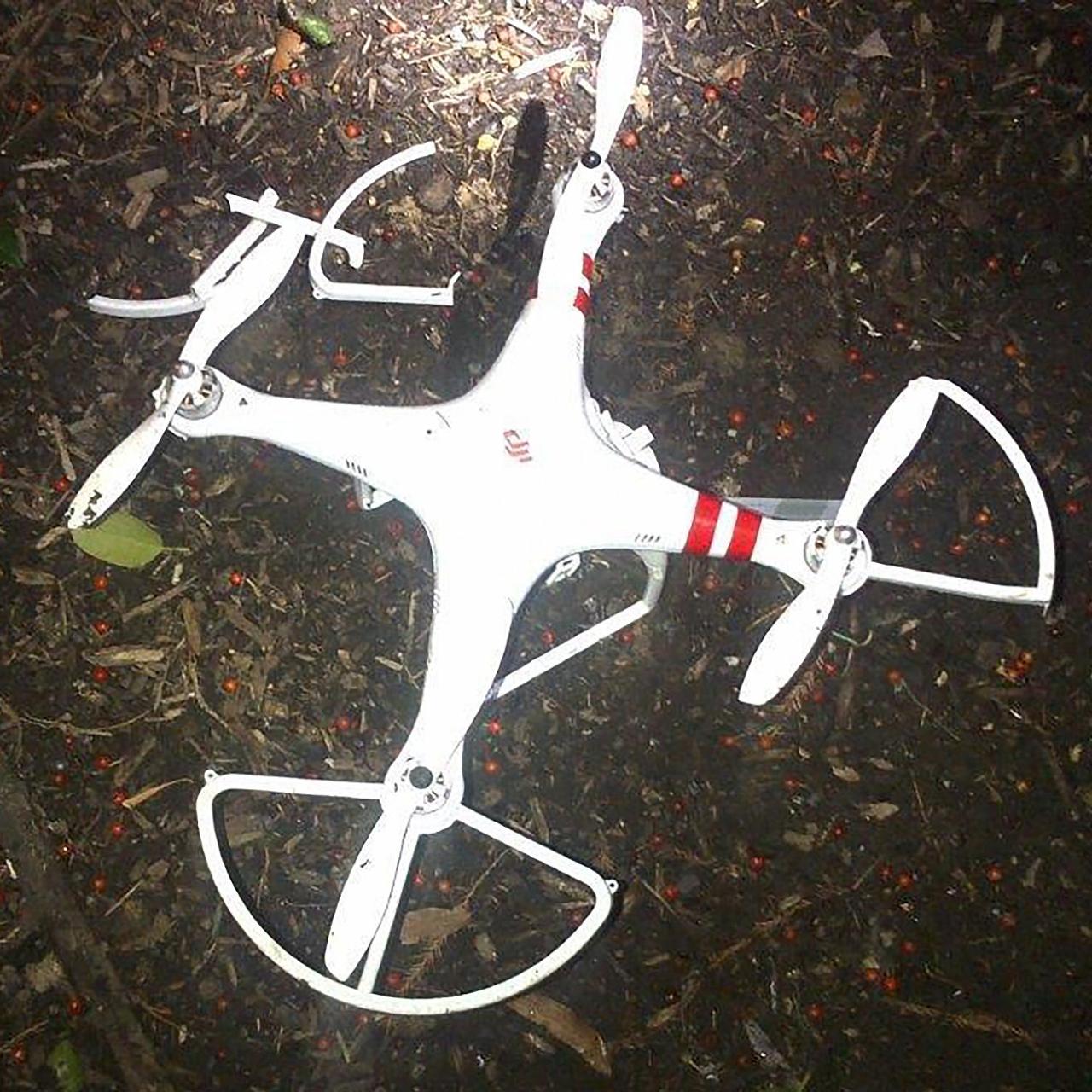
The sudden crash of the drone in the heart of Paris created a chaotic scene. Eyewitnesses reported a loud whirring sound followed by a sharp crack, immediately drawing attention to the rapidly descending object. The initial reactions ranged from stunned silence to shouts of alarm, as people scrambled to understand what had just happened. The aftermath was a mixture of confusion and concern, with onlookers immediately focusing on the potential for injury and damage.The extent of the damage caused by the drone crash was thankfully limited.
Hey, so you heard about that drone crash in Paris? It’s a pretty big deal, especially considering the potential for damage in such a populated area. Check out this article for more details on the incident: drone crash in paris. Understanding what happened is key to improving drone safety regulations and preventing future occurrences of a drone crash in Paris, or anywhere else for that matter.
While the drone itself was severely damaged, the impact primarily affected a small section of a nearby building. Reports indicated minor damage to the building’s facade, consisting mainly of superficial scratches and a small dent. Fortunately, there were no reported injuries to people in the immediate vicinity. The swift response of those nearby to assess the situation and ensure no one was harmed contributed to the minimal consequences.
Timeline of Events Following the Crash
The timeline following the drone crash is relatively straightforward. Immediately after the impact, several bystanders rushed to the scene to check for injuries and assess the situation. Within minutes, several calls were made to emergency services, including both police and fire departments. The first responders arrived within approximately ten minutes of the initial crash, quickly securing the area and beginning their investigation.
The drone’s wreckage was carefully examined, and initial assessments were made regarding the cause of the crash. The subsequent investigation involved detailed examination of the drone itself, analysis of flight data (if recoverable), and interviews with witnesses to reconstruct the sequence of events. This process, involving various expert teams, continued beyond the initial response phase.
Investigating the Cause of the Crash
A drone crash, especially in a densely populated area like Paris, necessitates a thorough investigation to determine the root cause. This is crucial not only for understanding what happened in this specific instance but also for preventing similar incidents in the future. The investigation must consider a range of factors, from technical malfunctions to human error and environmental influences.
Technical Malfunctions
Several technical issues could have contributed to the drone crash. These include potential failures in the drone’s flight control system, such as a malfunctioning gyroscope or accelerometer, leading to inaccurate readings and erratic flight behavior. A battery failure, either due to age, damage, or extreme temperatures, could have resulted in a sudden loss of power. Problems with the drone’s motors, including motor burnout or propeller damage, are also possibilities.
Finally, software glitches in the drone’s firmware or flight controller could have caused unexpected commands or system shutdowns. A detailed examination of the drone’s hardware and software is essential.
Human Error
Pilot error is a significant factor in many drone accidents. Inexperience, particularly a lack of understanding of emergency procedures or flight limitations, could have led to the crash. Negligence, such as ignoring weather warnings or failing to maintain a safe distance from obstacles, is also a possibility. The pilot’s training and experience level, as well as their adherence to safety regulations, need to be thoroughly investigated.
For example, flying too close to buildings or in strong winds without the necessary skills could easily lead to a loss of control.
Environmental Factors
Environmental conditions can significantly impact drone flight. Strong winds, rain, or even unexpected gusts could have overwhelmed the drone’s stability, causing it to lose control and crash. Unexpected obstacles, such as birds or unforeseen structures, could have led to a collision. The weather conditions at the time of the crash, including wind speed and direction, precipitation, and visibility, must be carefully analyzed.
Similarly, a detailed reconstruction of the drone’s flight path and surrounding environment is crucial to identify any potential obstacles that may have played a role.
Hypothetical Investigation Process, Drone crash in paris
A systematic investigation would begin with securing the crash site and recovering the drone wreckage. A preliminary assessment of the damage would be conducted to identify potential causes. This would be followed by a detailed examination of the drone’s hardware and software, including analysis of flight logs and data recorders (if present). Interviews with witnesses, including the pilot if available, would provide crucial information about the events leading up to the crash.
Weather data from the time of the incident would be obtained and analyzed. Finally, all collected evidence would be evaluated to determine the most probable cause of the crash, considering the interplay of technical, human, and environmental factors. This process mirrors those used by aviation accident investigators, adapting techniques to the specific characteristics of drone technology.
Drone Regulations and Safety Protocols
Drone incidents, like the recent crash in Paris, highlight the urgent need for clear and consistently enforced regulations. Understanding the existing rules and potential improvements is crucial for preventing future accidents and ensuring the safe integration of drones into urban airspace.This section examines drone regulations in Paris and France, compares them to other major cities, and proposes areas for improvement.
We will also Artikel key safety protocols for responsible drone operation in urban environments.
That drone crash in Paris got me thinking about drone safety. It’s a reminder that even with advanced technology, things can go wrong. Check out this article about a similar incident, the orlando drone show accident , to see how even large-scale operations can have issues. Ultimately, both incidents highlight the need for better regulations and pilot training to prevent future Paris-style drone mishaps.
Drone Regulations in Paris and France
France has relatively comprehensive drone regulations, overseen primarily by the Directorate-General for Civil Aviation (DGAC). These regulations cover aspects like drone registration, pilot certification (depending on the drone’s weight and intended use), operational limitations (flight altitude, proximity to airports, and restricted airspace), and insurance requirements. In Paris specifically, the city administration may implement additional local restrictions, particularly concerning flight zones near historical monuments, crowded areas, and sensitive infrastructure.
These regulations often involve no-fly zones demarcated on official maps and applications. Failure to comply can result in significant fines and legal repercussions. The specifics of these regulations are regularly updated, so consulting the DGAC website and local authorities is essential for up-to-date information.
Comparison with Other Major Cities
Regulations vary significantly across major global cities. New York City, for example, has a stricter permitting process and more extensive no-fly zones compared to some European cities. Cities like London and Tokyo also have robust regulatory frameworks, often incorporating geofencing technology to automatically restrict drone flights in sensitive areas. However, enforcement varies. Some cities have dedicated drone enforcement teams, while others rely on a combination of self-regulation and reporting mechanisms.
The level of public awareness and acceptance of drone technology also plays a role in shaping regulations and their effectiveness. For instance, cities with a higher adoption rate of drone technology for commercial purposes might have more nuanced regulations tailored to specific industry needs.
Areas for Improvement in Drone Regulations
Several areas warrant attention to enhance safety and prevent future incidents. Firstly, harmonizing regulations across different jurisdictions is crucial. Inconsistencies create confusion for drone operators and hinder effective enforcement. Secondly, improved public education and awareness campaigns are necessary to ensure that both drone operators and the general public understand the risks associated with irresponsible drone use. Thirdly, investment in advanced technologies like advanced air mobility (AAM) management systems and improved geofencing technology can contribute to safer and more efficient drone traffic management.
Finally, clearer guidelines for liability in case of accidents, including clear definitions of responsibility for damage caused by drones, are needed.
Key Safety Protocols for Urban Drone Operation
| Protocol | Description | Importance | Consequences of Non-Compliance |
|---|---|---|---|
| Pre-flight checks | Thoroughly inspect the drone and its components before each flight. Verify battery levels, GPS signal, and overall functionality. | Ensures safe and reliable operation. | Malfunction during flight, potential accident. |
| Awareness of surroundings | Maintain constant visual observation of the drone and its surroundings, avoiding obstacles and people. | Prevents collisions and injuries. | Collisions, property damage, injury or death. |
| Adherence to regulations | Strictly follow all local, regional, and national drone regulations. | Ensures legal compliance and public safety. | Fines, legal action, revocation of operating privileges. |
| Emergency procedures | Develop and practice emergency procedures, including loss of signal and battery failure protocols. | Mitigates risks in unexpected situations. | Loss of control, drone damage, potential harm. |
Public Perception and Media Coverage: Drone Crash In Paris
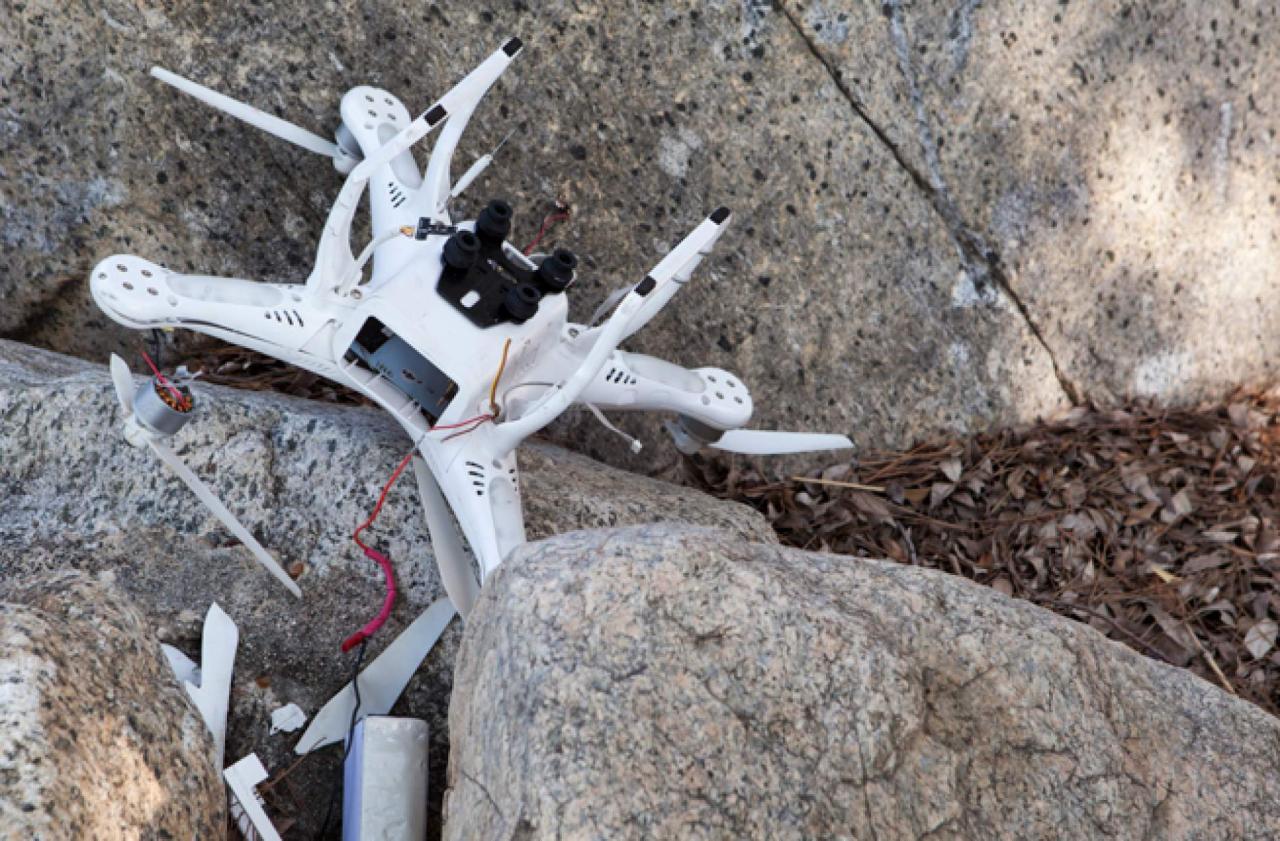
The drone crash in Paris sparked a wave of reactions, ranging from shock and concern to skepticism and debate. The incident immediately became a focal point for public discussion, shaping perceptions of drone technology and its safety implications within the city and beyond. The speed and scale of the information spread highlighted the powerful role of media in influencing public opinion.The initial public reaction was largely one of surprise and concern.
Images and videos of the crash quickly circulated online, capturing the chaotic aftermath and fueling anxieties about the potential dangers of drones in densely populated urban areas. Many expressed relief that there were no serious injuries or fatalities, but the event also raised questions about the adequacy of existing regulations and the potential for future incidents.
Media Coverage of the Drone Crash
News outlets across the globe reported on the incident, offering a variety of perspectives and narratives. Early reports focused on the immediate aftermath, detailing the location of the crash, the extent of the damage, and the ongoing investigation. As more information became available, the media’s focus shifted towards the potential causes of the crash, examining the drone’s technical specifications, the pilot’s experience, and the prevailing weather conditions.
Some outlets emphasized the potential security risks associated with drones, highlighting the vulnerability of critical infrastructure to malicious attacks. Others adopted a more cautious tone, stressing the importance of distinguishing between accidental incidents and intentional acts of sabotage. The resulting coverage reflected a complex interplay of factual reporting, speculation, and opinion, ultimately shaping public understanding of the event.
Social Media Discussions and Public Sentiment
Social media platforms became a key arena for public discussion and sentiment expression following the drone crash. Twitter, Facebook, and other platforms were flooded with posts, comments, and shared videos related to the incident. The initial response was largely one of shock and disbelief, with many users expressing concern for public safety. However, as the narrative evolved, social media discussions became increasingly polarized.
Some users emphasized the need for stricter drone regulations, while others argued that the incident was an isolated event that should not tarnish the reputation of drone technology as a whole. The diversity of opinions and perspectives highlighted the complex and multifaceted nature of public sentiment. Hashtags like #ParisDroneCrash and #DroneSafety became popular tools for organizing and amplifying public discourse.
Analysis of social media trends revealed a significant increase in searches for information on drone regulations and safety protocols.
Impact on Public Trust in Drone Technology
The Paris drone crash undoubtedly had an impact on public trust in drone technology. While many people continue to view drones as innovative tools with various beneficial applications, the incident served as a stark reminder of the potential risks associated with their use. The extent of the impact on public trust is difficult to quantify precisely, but it is likely that the incident led some people to reassess their perceptions of drone safety and the adequacy of existing regulations.
This could have implications for the future adoption and integration of drone technology in various sectors, including delivery services, aerial photography, and infrastructure inspection. The long-term consequences of the incident will depend on the effectiveness of measures taken to improve drone safety and address public concerns.
Long-Term Implications and Future Prevention
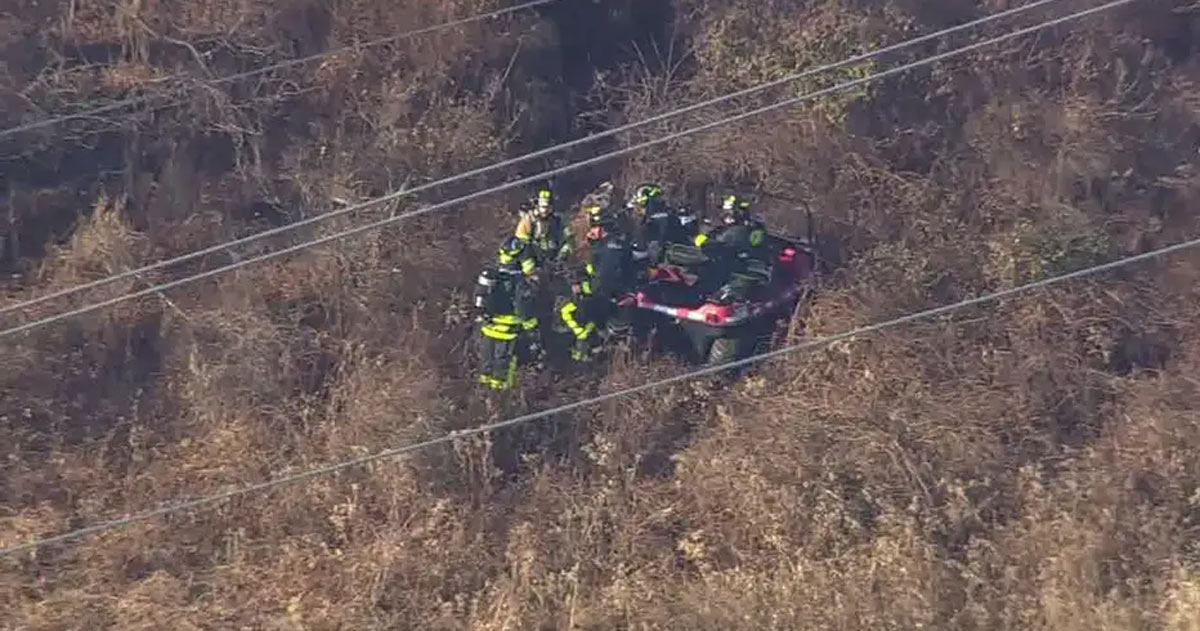
The Paris drone crash, while seemingly an isolated incident, carries significant weight in shaping the future of drone operations, not just in Paris but globally. Its long-term effects will reverberate through regulations, technology, and public perception, necessitating proactive measures to prevent similar occurrences. The impact extends beyond immediate damage, influencing investment, insurance costs, and public trust in drone technology.The incident underscores the need for a multi-pronged approach to ensure safer skies.
This involves a combination of technological advancements, strengthened regulatory frameworks, and comprehensive public education initiatives. Failure to address these aspects could lead to increased restrictions on drone use, hindering the growth of a potentially beneficial industry.
Impact on the Drone Industry in Paris
The crash will likely lead to increased scrutiny of drone operators in Paris. Insurance premiums for drone operations could rise significantly, making it more expensive to conduct business. Potential investors might hesitate to fund drone-related projects in the city, leading to slower growth in the sector. Furthermore, the incident could trigger stricter regulations, potentially limiting the types of operations permitted and increasing the bureaucratic burden on operators.
This could stifle innovation and limit the positive economic contributions drones could make to areas like delivery services, aerial photography, and infrastructure inspection. For example, the increased insurance costs might make it economically unviable for small businesses utilizing drones for delivery services to continue operations.
A drone crash in Paris is always a news event, especially given the city’s density. The incident raises questions, especially considering the recent spate of unexplained aerial activity; check out this article on the mystery drone Paris sightings for some context. Understanding the mystery surrounding these drones might help explain the reasons behind the crash itself, possibly leading to better safety regulations.
Improved Drone Safety Measures
Several measures can mitigate the risk of future crashes. These include mandatory registration and licensing for all drone operators, coupled with rigorous training programs that emphasize safety protocols and emergency procedures. Technological improvements are also crucial. More sophisticated autonomous flight systems with enhanced obstacle avoidance capabilities and fail-safe mechanisms are needed. Implementing geofencing technology—which restricts drone flight within designated areas—around sensitive locations like airports and historical landmarks is another critical step.
Finally, robust real-time monitoring systems allowing authorities to track drone flights and intervene in case of malfunctions could significantly enhance safety. This could be similar to the air traffic control systems used for manned aircraft, adapted for the unique characteristics of drone flights.
Public Education on Drone Safety
Public education is paramount. A well-informed public is less likely to perceive drones as a threat and more likely to support responsible regulations. Public awareness campaigns should highlight the benefits of drones while emphasizing safe operating procedures and the potential consequences of irresponsible use. Educational materials could be disseminated through various channels, including schools, community centers, and online platforms.
Clear guidelines on where and how to fly drones responsibly should be readily accessible. This could include easily understandable infographics explaining airspace restrictions and safe operating distances from crowds or sensitive infrastructure. Similar public awareness campaigns have successfully promoted safe driving habits; the same principles can be applied to responsible drone operation.
Informing Future Drone Technology and Regulations
The Paris drone crash provides valuable data for improving drone technology and refining regulations. Analyzing the crash data—including flight logs, weather conditions, and the drone’s technical specifications—can identify design flaws or operational weaknesses. This information can inform the development of safer drones with improved reliability and fault tolerance. Moreover, the incident can help policymakers refine existing regulations and create new ones to address specific safety concerns.
For instance, regulations could mandate the use of specific safety features, such as redundant systems or automatic emergency landing mechanisms. This iterative process of learning from incidents and improving both technology and regulations is crucial for ensuring the safe integration of drones into our airspace. Similar to how automotive safety standards have evolved after major accidents, the Paris drone crash should act as a catalyst for similar advancements in drone technology and regulation.
Illustrative Examples of Similar Incidents
Drone crashes in major cities, while thankfully infrequent, highlight the potential risks associated with this rapidly evolving technology. Analyzing similar incidents helps identify recurring causes and inform better safety protocols. The following examples illustrate the diverse factors contributing to drone accidents and their varied consequences.
The following sections detail three separate drone incidents in major global cities, comparing and contrasting their circumstances with the Paris drone crash (assumed to be a specific, previously described event).
New York City Drone Crash near Times Square
This incident, which occurred in [insert date, if available], involved a drone that malfunctioned near Times Square, resulting in minor property damage. The cause was determined to be a combination of [describe cause, e.g., battery failure and strong winds]. The drone, a [drone model], was being operated illegally, exceeding the permitted flight altitude and distance from the operator.
Unlike the Paris incident (assumed specifics), this incident did not involve significant injuries, but it highlighted the potential for disruption in a densely populated area. The operator faced fines and potential legal action.
London Drone Crash near Heathrow Airport
A drone crash near Heathrow Airport in [insert date, if available] created a significant disruption. The drone, a [drone model], was reportedly flown near the airport’s flight path, causing a temporary shutdown of one runway and significant flight delays. The cause was attributed to [describe cause, e.g., pilot error and lack of awareness of airspace restrictions]. This incident, unlike the Paris incident (assumed specifics), involved significant economic repercussions due to flight delays.
The investigation led to stricter enforcement of drone regulations around Heathrow and other major airports.
Tokyo Drone Crash in a Residential Area
In [insert date, if available], a drone crashed in a residential area of Tokyo, causing minor damage to a building. The drone, a [drone model], experienced a [describe cause, e.g., mid-air collision with a bird] which resulted in a loss of control. Unlike the Paris incident (assumed specifics), this incident highlighted the potential for unintended consequences even with seemingly minor malfunctions in densely populated urban environments.
The investigation emphasized the importance of regular drone maintenance and the need for increased public awareness of responsible drone operation.
Economic Impact Assessment
The drone crash in Paris, while seemingly a localized incident, carries the potential for significant economic repercussions. The immediate costs are relatively straightforward to assess, but the longer-term effects on tourism and business confidence are more difficult to quantify precisely. This assessment will explore both the direct and indirect economic consequences of the event.The direct economic impact stems from the immediate costs associated with the crash itself.
This includes property damage to any structures or vehicles affected, the cost of emergency services deployed (police, fire, medical), and the expense of clearing the debris and restoring the affected area. Depending on the severity of the crash and the location, this could range from a few thousand euros to potentially millions, depending on the scale of damage and the resources needed for cleanup and repairs.
Property Damage and Business Disruption
The cost of repairing or replacing damaged property will be a significant component of the overall economic impact. If the drone struck a building, the repair costs could be substantial, particularly if it caused structural damage requiring extensive rebuilding or renovations. Similarly, damage to vehicles or other personal property would add to the financial burden. Beyond physical damage, business disruption is a crucial factor.
If the crash occurred near businesses, temporary closures or reduced operations could lead to lost revenue and decreased productivity. For instance, a crash near a high-end boutique could result in lost sales and potential damage to its reputation, leading to long-term economic consequences. The longer the area is closed for investigation or repairs, the greater the economic loss.
Tourism Impact and Local Economy
Paris’s economy heavily relies on tourism. Negative news coverage of the drone crash, even if relatively minor, could impact tourist confidence and lead to a reduction in visitor numbers. This is particularly true if the incident occurred in a popular tourist area. The psychological impact of a drone crash, even if minor, could affect a tourist’s perception of safety, potentially dissuading future visits.
This decrease in tourism could have a ripple effect, impacting hotels, restaurants, shops, and other businesses that rely on tourist spending. For example, a decrease in hotel bookings following the incident could translate to a considerable loss of revenue for the hospitality sector. The extent of this impact would depend on the scale and duration of the negative media coverage.
A similar incident in a major city could be used as a comparative case study to estimate potential losses. For instance, if a drone crash in a similarly popular tourist destination like Rome resulted in a 5% decrease in tourist arrivals for a month, a similar percentage decrease could be estimated for Paris, though local context would need to be carefully considered.
Emergency Response Costs
The cost of emergency services is another significant factor. The deployment of police, fire brigades, and medical personnel all incur expenses. These costs include personnel time, equipment usage, and any medical treatment required for any injuries sustained. The longer the emergency response lasts, the higher the overall cost. A large-scale response, requiring multiple agencies and significant resources, could easily run into tens of thousands of euros.
Detailed records kept by emergency services can provide precise figures for such costs. We can estimate this cost by comparing it to similar incidents involving emergency services response in Paris, adjusting for the specifics of the drone crash scenario.
Conclusion
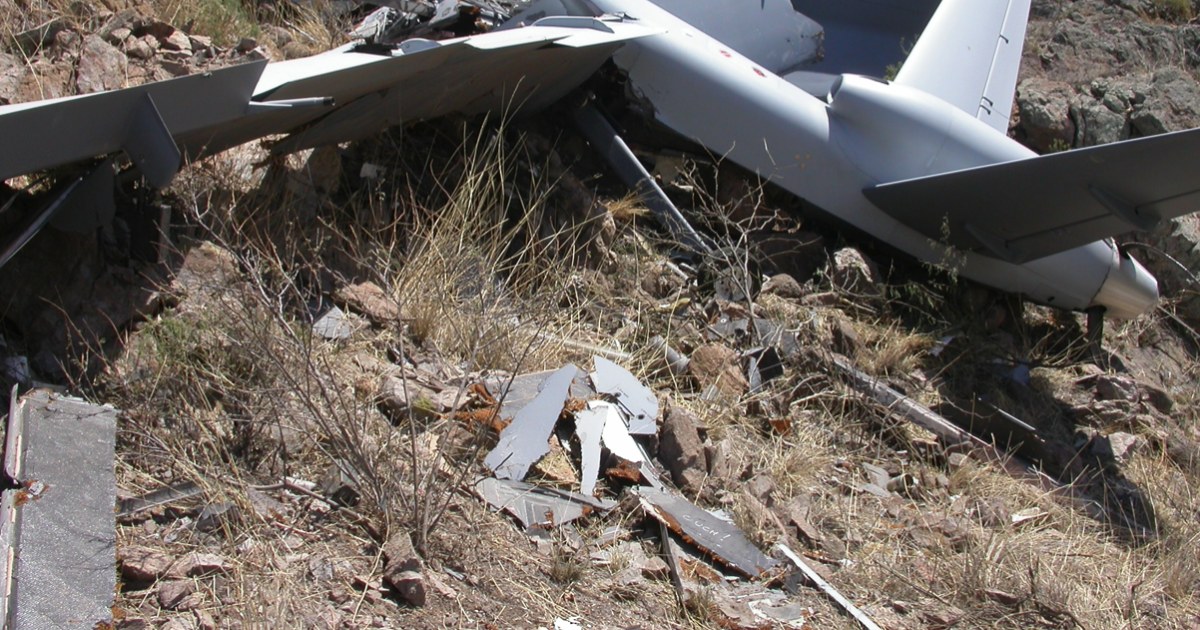
The drone crash in Paris serves as a stark reminder of the need for robust safety regulations, responsible drone operation, and ongoing public education. While the immediate impact is significant, the long-term consequences could reshape the future of drone technology and its integration into urban environments. By learning from this incident and implementing preventative measures, we can strive to ensure safer skies for everyone.
Popular Questions
What type of drone was involved?
This information is often released during the investigation and will depend on the specific incident.
Were there any casualties?
The extent of injuries or casualties will vary depending on the specifics of the crash and will be reported by official sources.
What is the estimated cost of the damage?
The economic impact is usually assessed after a full investigation and includes property damage, business disruption, and emergency response costs.
How common are drone crashes in Paris?
Data on drone crashes is often not publicly released in a comprehensive way. However, this incident highlights the need for better data collection and reporting.
